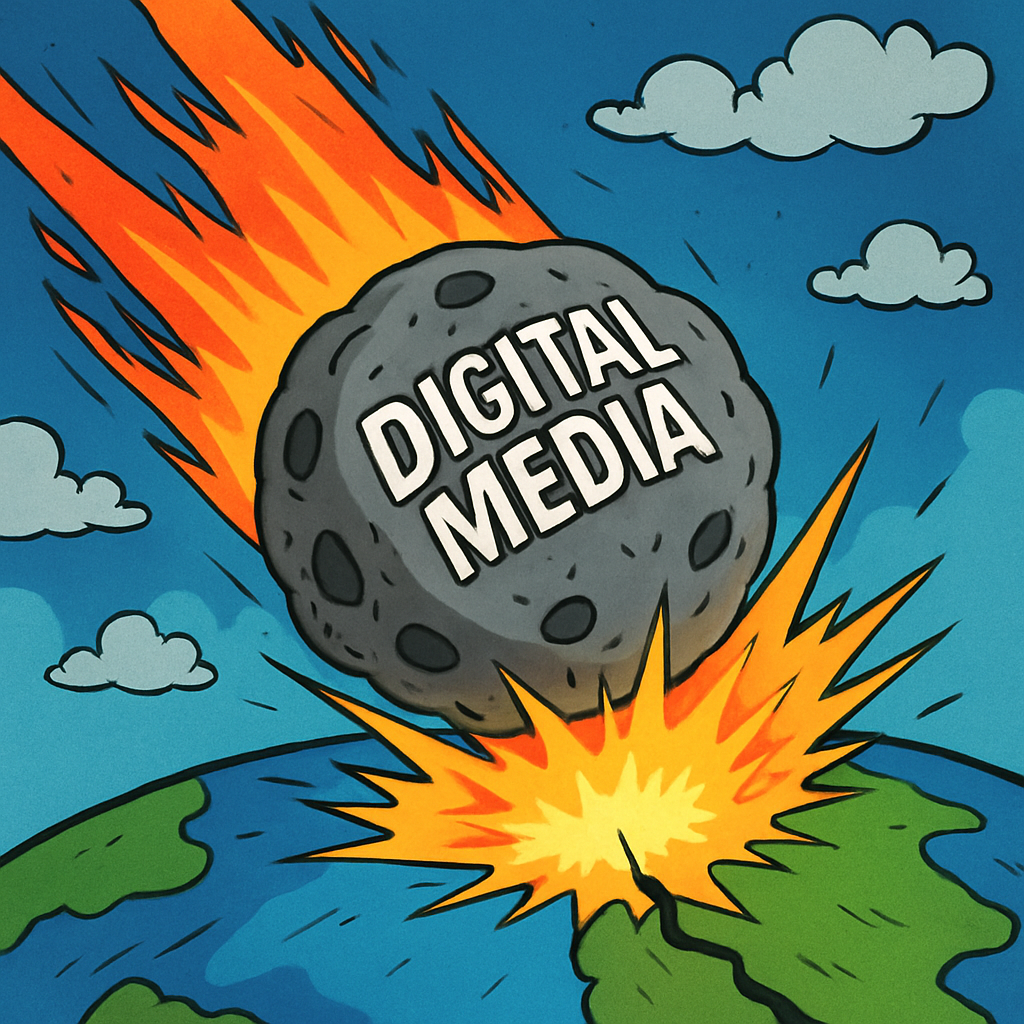 In this lesson, you will explore the various ways in which digital media affects our everyday lives, including both its positive and negative influences. You will reflect on your own experiences with platforms such as TikTok, YouTube, online gaming, and group messaging applications. This lesson is designed to encourage you to think about your interactions with the digital world.
In this lesson, you will explore the various ways in which digital media affects our everyday lives, including both its positive and negative influences. You will reflect on your own experiences with platforms such as TikTok, YouTube, online gaming, and group messaging applications. This lesson is designed to encourage you to think about your interactions with the digital world.
To begin, let us consider the role that digital media plays in your daily routine. Digital media encompasses a range of tools and platforms, including social networks for sharing updates, video-sharing sites for watching and creating content, interactive games for entertainment and socialising, and communication applications that enable you to connect with others and exchange information.
Digital media has become an integral part of modern life, offering opportunities for learning, creativity, and connection. However, it also presents challenges that we must navigate carefully. By examining these aspects, you will gain a balanced perspective on its impact.
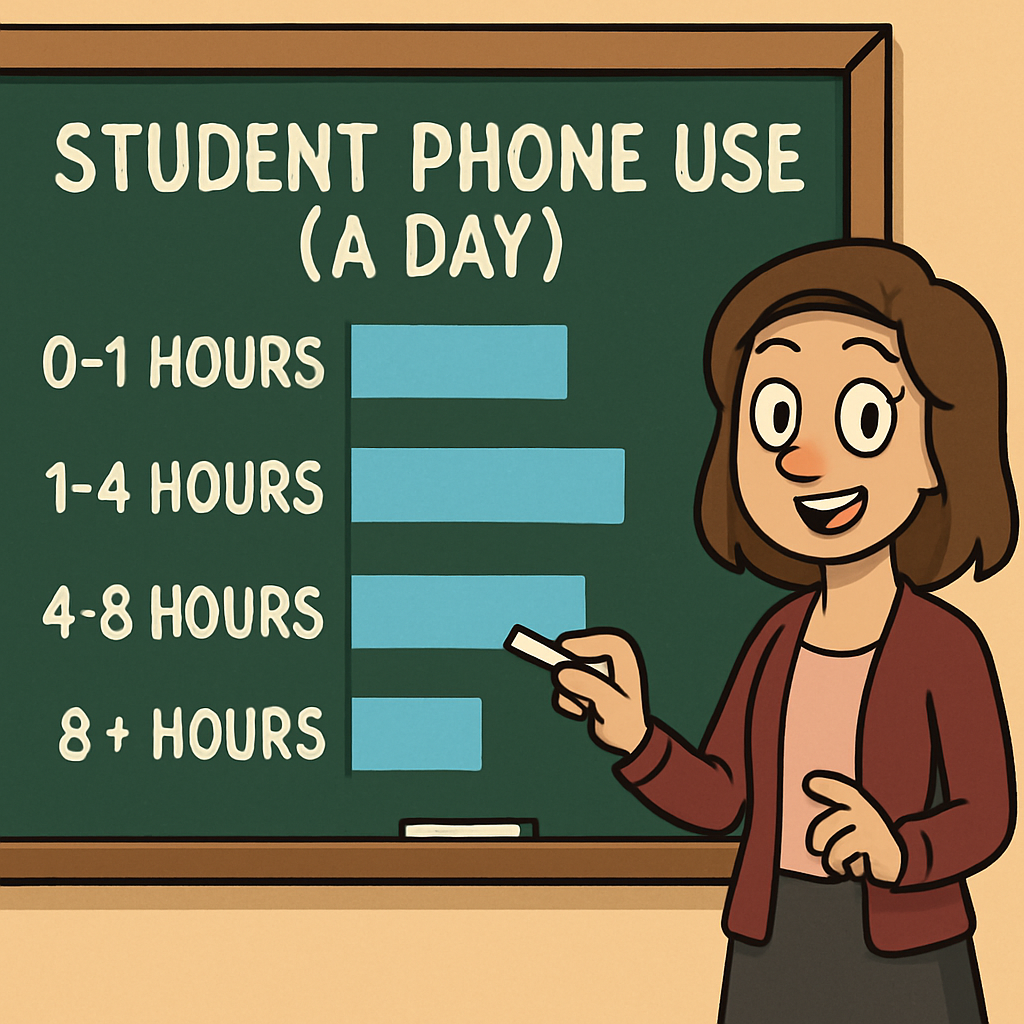 Now that you have reflected on your recent interactions with digital media, let’s take a closer look at your personal digital habits. This step involves conducting a self-assessment of your daily screen time and identifying the apps or platforms you use most frequently.
Now that you have reflected on your recent interactions with digital media, let’s take a closer look at your personal digital habits. This step involves conducting a self-assessment of your daily screen time and identifying the apps or platforms you use most frequently.
Think back to your activities yesterday. Before checking your device statistics, make a guess about how many hours you spent on your phone or main device. Choose from the ranges below. Then, if possible, check your device’s official screen time report to find your actual usage:
Settings > Screen TimeSettings > Digital Wellbeing & parental controlsEnter your actual screen time (in hours) in the box below, then click Compare to see how accurate your guess was.
Why this matters: Research suggests that healthy recreational screen time should generally be less than 2 hours per day for young people. For adults, limits vary depending on work needs, but long periods of recreational use (especially over 4 hours daily) have been linked to reduced sleep quality, eye strain, lower physical activity, and increased stress. Balancing screen time with offline activities like exercise, hobbies, and face-to-face interaction supports overall wellbeing.
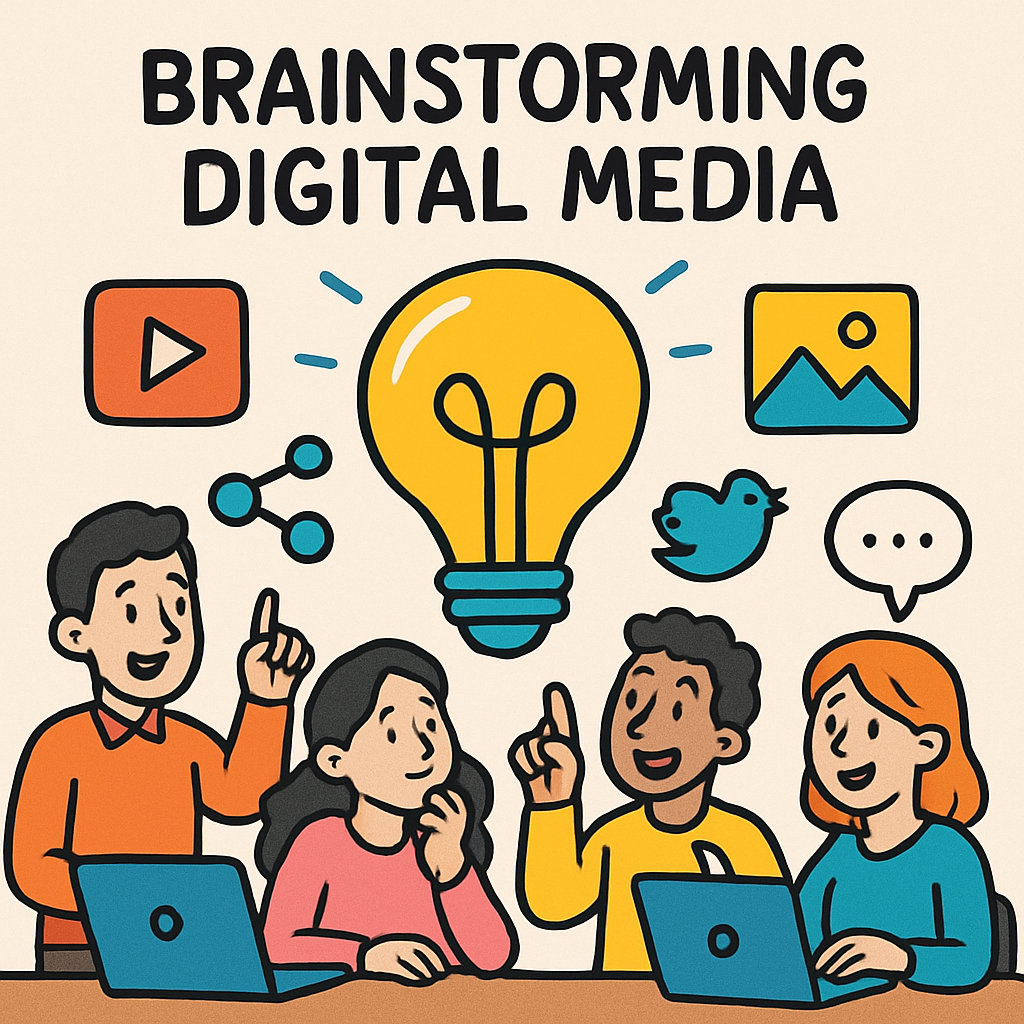 Brainstorming the Impacts of Digital Media
Brainstorming the Impacts of Digital Media
In this step, you will engage in a structured brainstorming activity to identify and reflect upon the impacts of digital media on your personal life. This exercise is designed to help you recognise both the beneficial and challenging aspects of digital media, fostering a balanced understanding of its role in your daily experiences.
You will create two lists in your notebook or digital document: one for positive impacts and one for negative impacts. For each list, aim to include at least two specific examples that are relevant to your own life. Ensure that your examples are drawn from your personal interactions with platforms such as TikTok, YouTube, online gaming, or group messaging applications.
Positive impacts refer to ways in which digital media enhances your life, such as providing opportunities for connection, learning, or creativity. Consider the following examples to inspire your thinking:
Negative impacts involve challenges or drawbacks associated with digital media, such as risks to wellbeing or exposure to harmful content. Here are some examples to guide you:
Structure your lists clearly in your notebook, perhaps using headings like 'Positive Impacts' and 'Negative Impacts'. For each example, briefly explain how it appears in your daily routine to make the reflection more personal and meaningful.
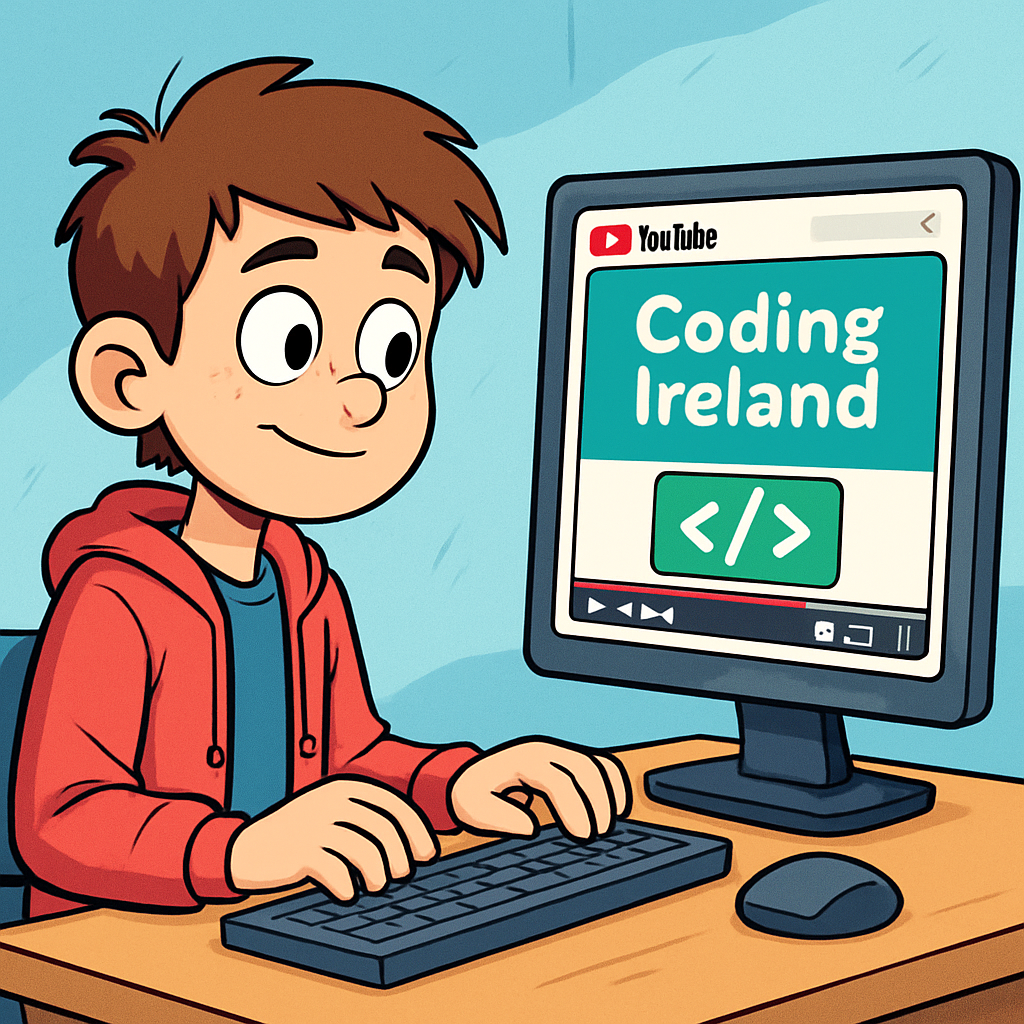 In this step, you will examine two real-world case studies that illustrate the impacts of digital media. These examples are based on actual events and demonstrate both positive and negative effects. As you read, consider how these scenarios might relate to your own experiences with digital platforms.
In this step, you will examine two real-world case studies that illustrate the impacts of digital media. These examples are based on actual events and demonstrate both positive and negative effects. As you read, consider how these scenarios might relate to your own experiences with digital platforms.
Background: A 13-year-old student named Alex wanted to learn how to code simple games but had no access to formal classes.
How it Unfolded: Alex began watching free tutorials on YouTube, following step-by-step guides from creators who explained concepts like variables and loops in fun, easy-to-understand ways. He practised by building small projects, such as a basic quiz game, and shared his progress in the comments sections for feedback.
Reach and Outcomes: His enthusiasm grew, and one of his projects was featured in a creator's video, inspiring other young viewers to try coding. This led to Alex joining an online community of young coders, where they collaborated on group projects, and eventually, he presented his work at a school fair, boosting his confidence and interest in technology.
Key Impacts:
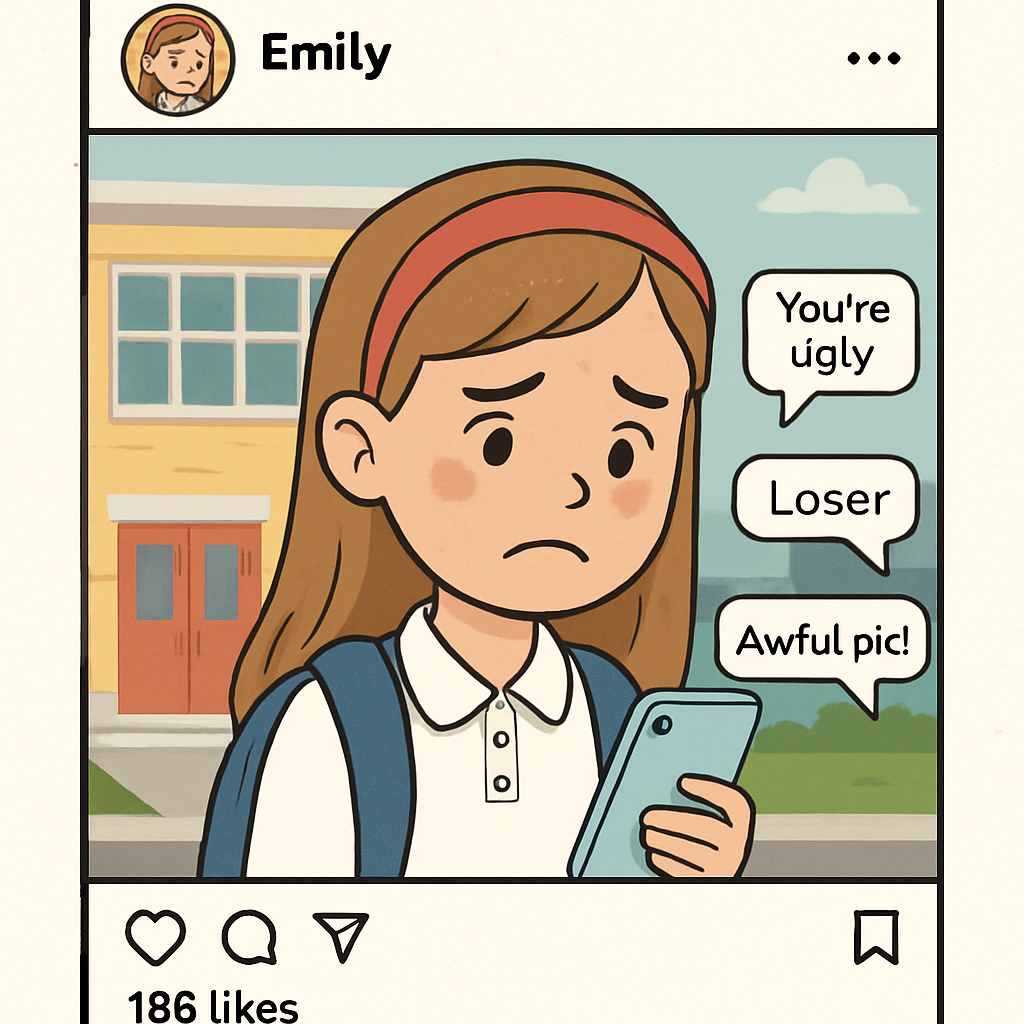
Background: A 14-year-old girl named Emily decided to post a selfie on Instagram to share a fun moment from her day at school.
How it Unfolded: What started as an innocent share turned into a nightmare when anonymous users began flooding the comments with cruel remarks about her appearance, calling her names and making hurtful jokes. The bullying didn't stop there; it spilled over into her private group chats on apps like WhatsApp, where screenshots of the post were shared and mocked by people she thought were friends.
Effects on Emily: Emily felt overwhelmed, experiencing intense anxiety, loss of appetite, and difficulty sleeping, which made it hard for her to concentrate in class and led to a drop in her grades. She confided in her parents, who reported the incident to the platform, but it took several days for Instagram to remove the offensive comments and suspend some accounts, during which time the damage to her self-esteem had already deepened.
Aftermath: In the aftermath, Emily withdrew from social activities, both online and offline, and needed support from a school counsellor to rebuild her confidence.
Key Impacts:
 In this step, you will complete a structured worksheet to analyse the two case studies from the previous section. This activity will help you deepen your understanding of the impacts of digital media by breaking down key elements of each example. It encourages critical thinking and reflection on real-world scenarios.
In this step, you will complete a structured worksheet to analyse the two case studies from the previous section. This activity will help you deepen your understanding of the impacts of digital media by breaking down key elements of each example. It encourages critical thinking and reflection on real-world scenarios.
To complete this worksheet, use your notebook to create a simple table or divided sections for each case study. You may copy the template provided below as a guide. For each case study, answer the following questions in detail:
Replicate this structure in your notebook for each case study. You can draw tables or use headings and bullet points. We've made it colourful to make it more fun – imagine green for positive and red for negative!
| Case Study | Question | Your Response |
|---|---|---|
Positive Case Study: Learning New Skills Through YouTube | What happened? | [Write your description here] |
| Who was affected? | [Write your response here, e.g., Alex and other young coders] | |
| What impact did it have? | [Write your response here, e.g., boosted confidence and interest in technology] | |
Negative Case Study: Cyberbullying Incident | What happened? | [Write your description here] |
| Who was affected? | [Write your response here, e.g., the victim and her social circle] | |
| What impact did it have? | [Write your response here, e.g., emotional distress and social isolation] |
Guidance for the Positive Case Study: Focus on the events involving a student learning coding skills through YouTube, who benefited (such as the student and the online community), and the positive outcomes like skill development and increased confidence.
Guidance for the Negative Case Study: Outline the incident of cyberbullying on Instagram and group chats, who was hurt (such as the girl named Emily and potentially her friends or family), and the negative effects including anxiety, reduced wellbeing, and challenges in content moderation.